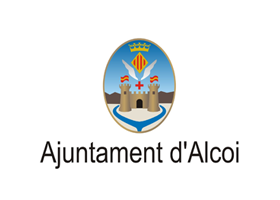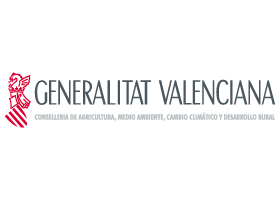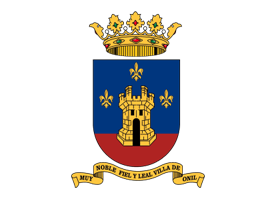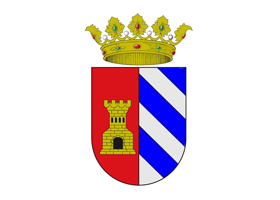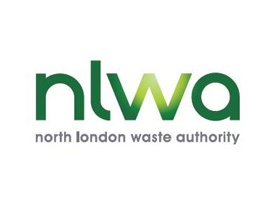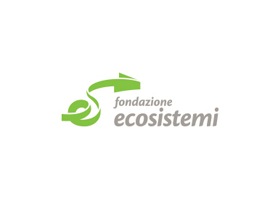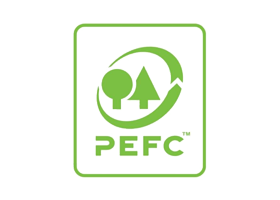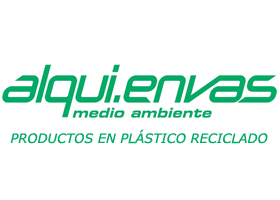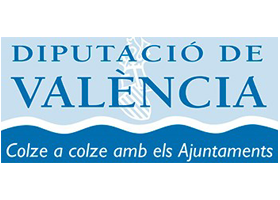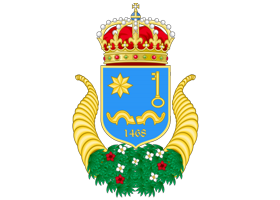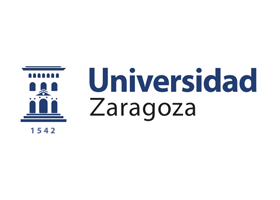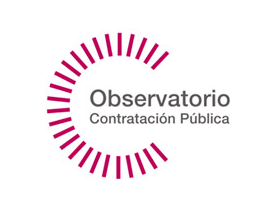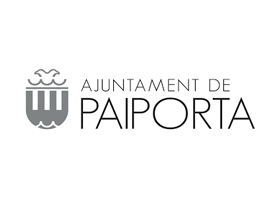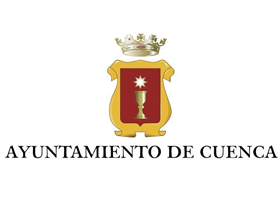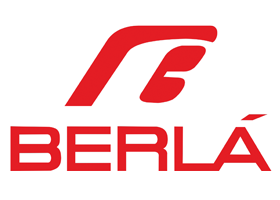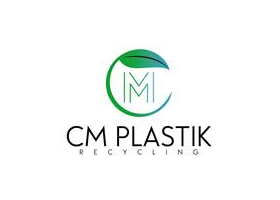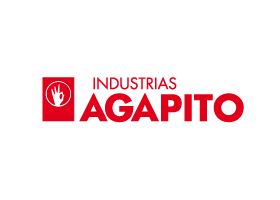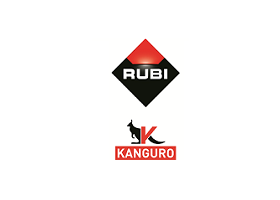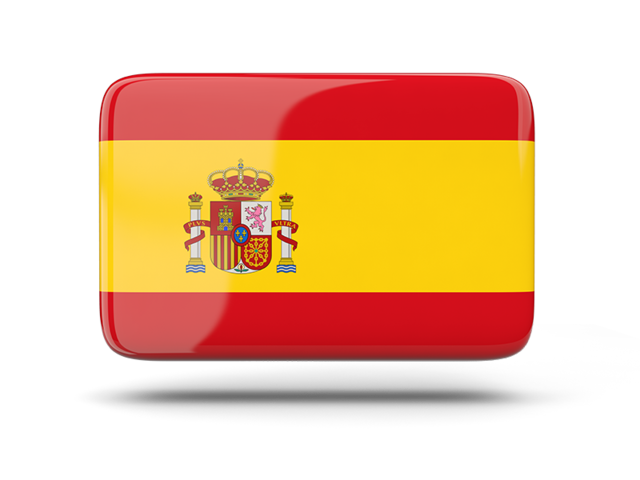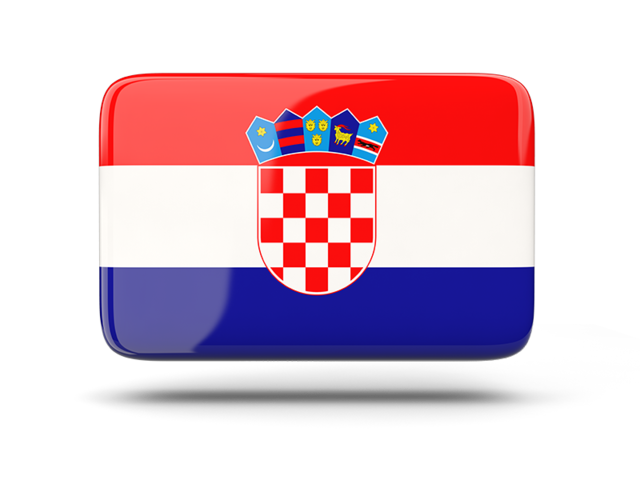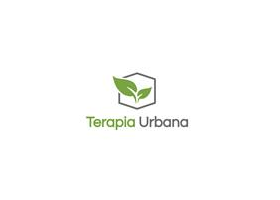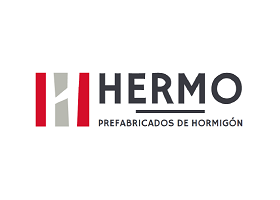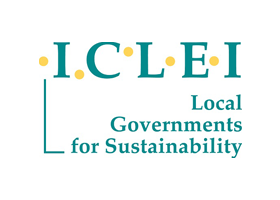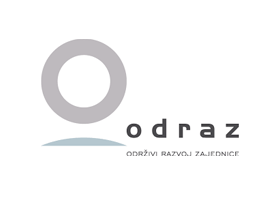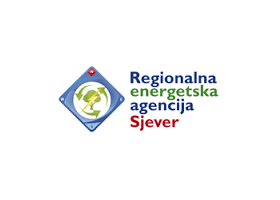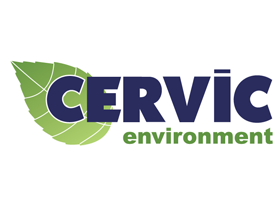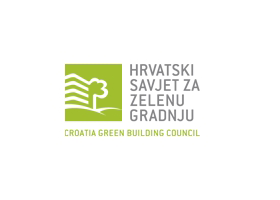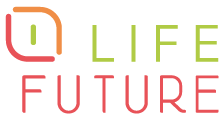In this section, you can access to the latest technical information related to the FUTURE project topic.
© tonefotografia - fotolia.com
Europe is densely populated, with an estimated 80 % of its citizens likely to live in or near a city by 2020. Environmental issues such as poor air quality, high levels of noise and greenhouse gas emissions are just some of the problems associated with city living that need to be tackled by a multi-stakeholder approach.
The ARTS project is identifying ways for cities to speed up the transition to more environmentally sustainable living conditions by bringing together local authorities and civil society. ARTS has investigated how sustainable initiatives, such as a plan to improve living conditions for bees in a city, can take off and continue in the longer term.
The project studied transition initiatives and their interactions with one another in five European city regions: Brighton, Budapest, Dresden, Genk and Stockholm. In total, well over 500 initiatives have been mapped and screened. Of these, around 70 initiatives were studied in depth.
During the project, the research team realised that activities using nature-based solutions sparked more social innovation in cities and accelerated the transition towards sustainability by creating new and better connections among different stakeholders. An example of a social innovation which doubled as a sustainability solution is where an empty urban space in Budapest was turned into a green space with bicycle parking spaces.
“A key part of the process was that we engaged a wide range of stakeholders (e.g. scientists, civil society, city officials) and generated knowledge about the drivers of and barriers to the quick uptake of sustainability solutions,” says project leader Niki Frantzeskaki.
Bee Plan, solving environmental issues collectively
A good example of one of these ‘transition initiatives’ is the ‘Bee Plan’ in Genk, Belgium. Here, public servants worked with a dedicated team of volunteers to strengthen bee populations in and around the city. The idea for the Bee Plan came from a documentary about the plight of the insects shown at a public meeting, which included a brainstorming session about how to improve conditions for bees. The city took the initiative to assemble a working group of beekeepers, city services, environmental organisations and interested citizens to develop a plan that addressed all of the issues that came up during the brainstorming.
In 2014, Genk adopted the plan to improve bee habitats, especially on public/communal land to educate and encourage citizens to provide ‘bee friendly’ features on their property, and to support local beekeepers. The success of the Bee Plan process showed that more sustainable practices can be quickly embedded in formal governance structures while simultaneously supporting a variety of sectors and departments (e.g. city administrations, beekeeping association, local businesses, etc.) as part of a wider bee awareness campaign.
This open process of participation and collaboration brought volunteers and local authorities together to tackle common environmental problems (declining pollinator populations, city greening, environmental education, local food production, pesticide use, etc.). Today, it stands as a model that can be used for other city projects and initiatives.
As a result of Bee Plan and other city initiatives, ARTS researchers identified five key ways to speed up the transition towards sustainability: upscaling (increasing the numbers of supporters or users); replicating (creating a model to be copied in another city); coupling/partnering (pooling resources, skills and capacities); instrumentalising (capitalising on opportunities to secure resources to keep the initiative going); and embedding (bringing the initiative into existing governance systems).
Most of the ARTS researchers have engaged with local governments in their region, and will continue their transdisciplinary research beyond the end of the project.
“A key message from the project is that it’s important to think of new governance approaches in Europe that are more collaborative in terms of engaging civil society earlier in the process and taking into account knowledge from civil society when new sustainability actions are being laid out,” concludes Frantzeskaki.

» More Information
« Go to Technological Watch
